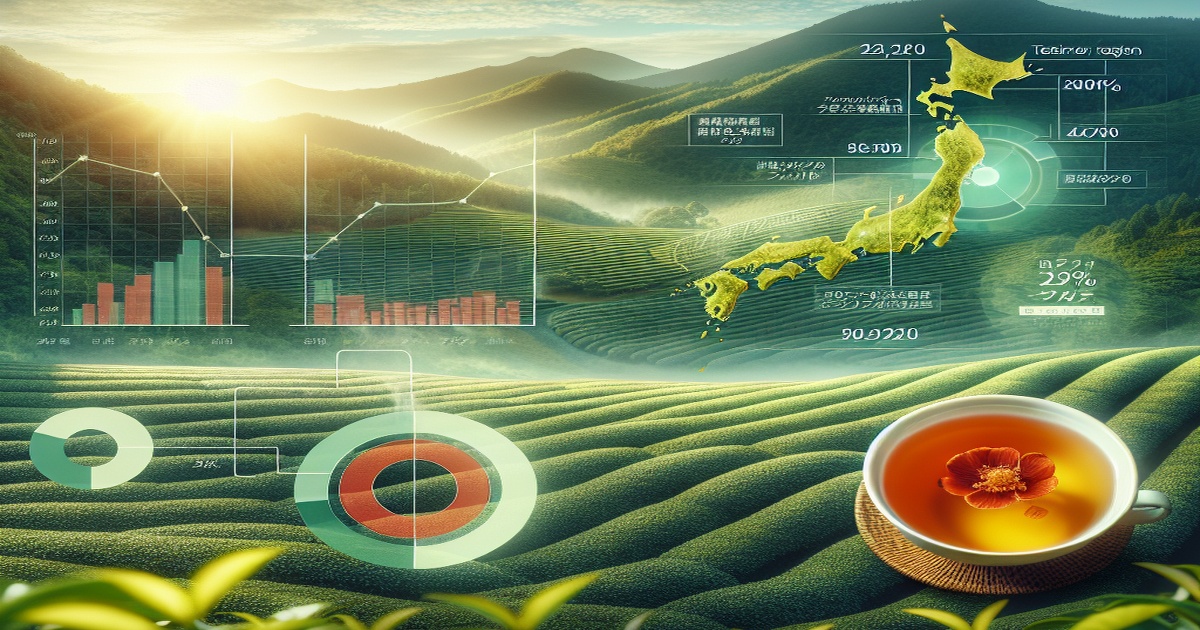Historically known as the foremost tea-growing region in Japan, Shizuoka has been overtaken by Kagoshima as the number one producer of aracha, or steamed and dried tea leaves. Kagoshima produced 27,000 tons of aracha last year, a 3 percent increase from 2023, while Shizuoka's output fell by 5 percent to 25,800 tons due largely to a mid-season reduction intended to stabilize market prices.
Rain delays affected Shizuoka’s first harvest, decreasing both quality and market prices, which led farmers to limit their second harvest in an effort to prevent further price drops. Although the first harvest saw a higher production compared to the previous year, the significant reduction in the second harvest highlighted the challenges faced by the region.
In contrast, tea production in Kagoshima has remained steady over time, supported by more consistent growth in its tea cultivation areas. Over the past decade, Shizuoka has seen a dramatic 30 percent decline in its tea-growing areas, whereas Kagoshima's areas have only shrunk by 5 percent.
The challenges in Shizuoka are compounded by the nature of its tea farming, where small-scale fields on mountainous regions hinder mechanization. With many tea farmers leaving the industry due to a lack of successors and recruitment challenges, industry experts had predicted a shift in production leadership.
In response to the changing landscape, Shizuoka is now focusing on expanding its tea export market to combat a shrinking domestic audience. The prefectural government has allocated a significant budget toward tea-related programs, including a substantial investment aimed at boosting exports, particularly for tencha—the tea leaves used in the increasingly popular matcha production.







6 Comments
Rotfront
“The focus on export markets in Shizuoka is a smart move. Shifting strategies to meet global demands is necessary.”
Karamba
“Kagoshima’s increase and lower decline in farming areas is a sign that modernization in tea cultivation is really paying off.”
Matzomaster
“This narrative ignores innovative steps Shizuoka farmers are taking – the issue is more complex than outdated methods.”
Rotfront
“I agree that only a strong, organized production base can support sustainable growth. Kagoshima’s progress is a good example.”
Matzomaster
“It feels like a biased comparison – why single out Shizuoka when so many industries face similar natural and market challenges?”
Stan Marsh
“It’s interesting to see how regional agricultural strategies are shifting. Kagoshima’s stability is hard to ignore.”